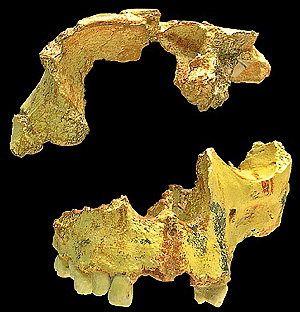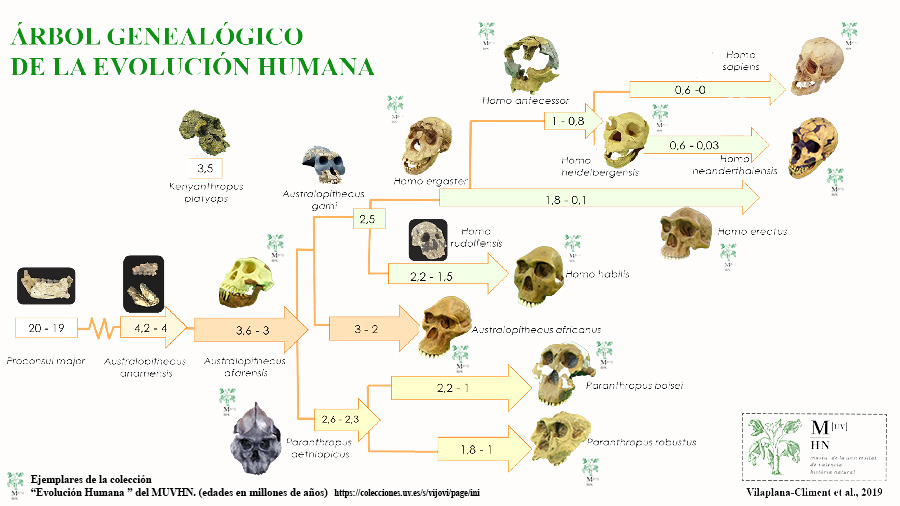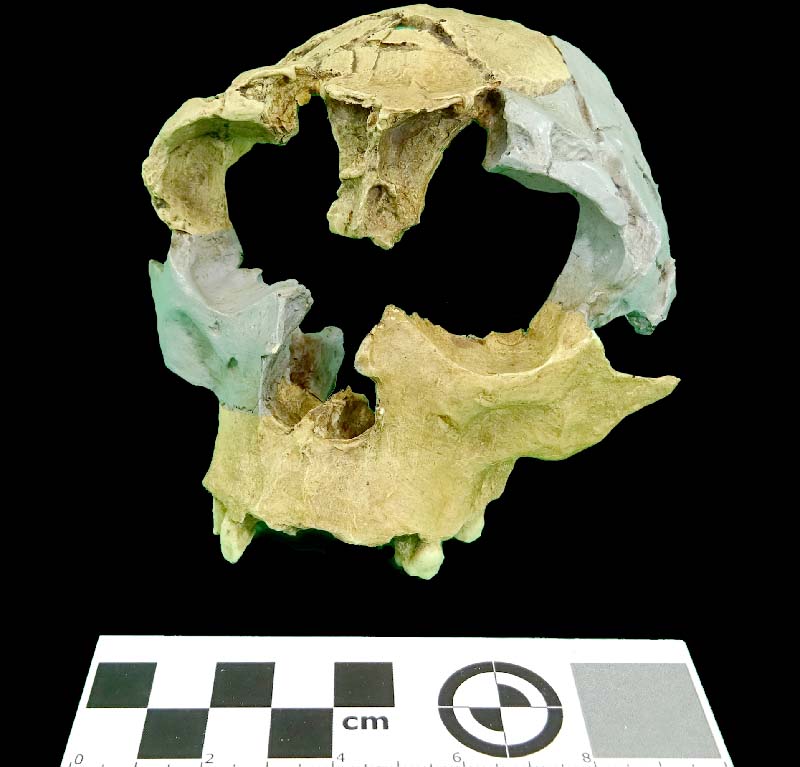26 years since the discovery of Europe's oldest hominid, Homo antecessor.
In 1994 an extraordinary discovery took place, of great scientific importance to complete the family tree of the genus Homo to which our species Homo sapiens sapiens belongs. At the site of the Gran Dolina, located in the Sierra de Atapuerca (Atapuerca, Burgos), fragments of a new species of hominid were found which was called Homo antecessor, from the Latin for "man of exploration. Between 1994 and 1995, more than 80 fragments were found along with lithic tools and bone remains of animals, and the new species was finally described from a cranial and lower jaw fragment of the same specimen, which was nicknamed "the child of the Gran Dolina," which was estimated to be 10 to 11 years old.

In 1997 the results of the research were published (Bermudez de Castro et al., 1997), concluding that all the remains belonged to young individuals with an approximate age of 900,000 years (Calabrian, Middle Pleistocene), placing Homo antecessor as the oldest hominid in Europe. Antecessor would have a mixture of archaic and modern characteristics and would be the species most similar to Homo sapiens sapiens although with a much smaller cranial capacity, only about 1000 cm3.
They did not master fire and with their rudimentary tools they would tear the flesh, leaving marks not only on the animal bones but also on the fossilised bones of Homo antecessor themselves, which led to one of the most surprising discoveries about their behaviour, the active practice of cannibalism. The most widely accepted view is that cannibalism occurred mainly as an extraordinary supply of nutrients (proteins), although other researchers suggest that it could be ritual.
The scientific controversy is related, as with other new findings on hominids, to the taxonomic classification and kinship relationships with the rest of the species in the genus Homo. To date, the absence of cranial remains of adult individuals is considered by some authors to be a problem in ensuring that Homo antecessor is considered a new species. The most accepted hypothesis, according to the discoverers, is that Homo antecessor would be a link between Homo ergaster and Homo heidelbergensis. In turn, Homo antecessor would be the last common ancestor between humans and Neanderthals.
The Museum of the Universitat de València has a resin replica of the holotype of Homo antecessor, from whose specimen a 3D model has been made using the photogrammetry technique, and it is part of the 3D collection of skulls and jaws of the fossilised hominids of the so-called "Human Evolution" collection.

Bibliography: Bermúdez de Castro y Risueño, J. M.; Arsuaga Ferreras, J. L.; Carbonell i Roura, E.; Rosas, A.; Martínez, I and Mosquera, M (1997). «A Hominid from the Lower Pleistocene of Atapuerca, Spain: Possible Ancestor to Neandertals and Modern Humans». Science 276: 1392-1395.


















